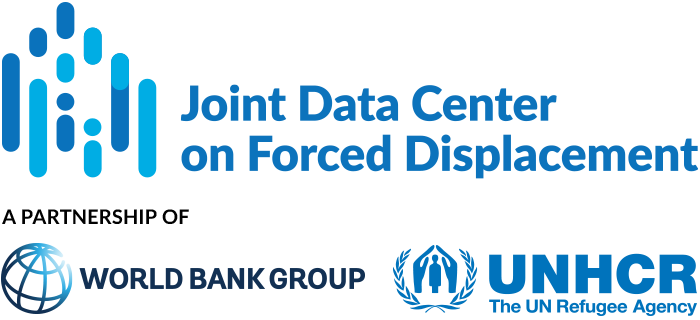This paper investigates why refugees are reluctant to move from the Kakuma refugee camp in Kenya to the new Kalobeyei settlement.
JDC Literature Review
When do displaced persons return? Postwar migration among Christians in Mount Lebanon
This paper investigates postwar return migration among Lebanese Christians displaced during the Lebanese civil war (1975 – 1990).
Violence, Empathy and Altruism: Evidence from the Ivorian Refugee Crisis in Liberia
This paper investigates whether empathy, stemming from past exposure to violence, can motivate altruistic behavior towards refugees. The study focuses on the case of Ivorian refugees Liberia.
Application of geospatial technologies in developing a dynamic landslide early warning system in a humanitarian context: the Rohingya refugee crisis in Cox’s Bazar, Bangladesh
This article develops a localized landslide early warning system (EWS) for Rohingya refugees and host communities in Cox’s Bazar district in Bangladesh.
Malnutrition trends in Rohingya children aged 6–59 months residing in informal settlements in Cox’s Bazar District, Bangladesh: An analysis of cross-sectional, population-representative surveys
This paper estimates malnutrition rates among Rohingya refugee children in Bangladesh. Since April 2017, more than 700,000 Rohingya refugees have fled violence in Myanmar, settling in makeshift settlements in Cox’s Bazar District, Bangladesh.
Gender-based vulnerability: combining Pareto ranking and spatial statistics to model gender-based vulnerability in Rohingya refugee settlements in Bangladesh
This paper investigates the spatial and thematic variations in gender-based vulnerability of Rohingya refugees in Bangladesh. As of March of 2019, there were over 900,000 Rohingya refugees living in the Ukhiya and Teknaf Upazilas of Bangladesh.
Systematic human rights violations, traumatic events, daily stressors and mental health of Rohingya refugees in Bangladesh
This article examines the relationship between systematic human rights violations, traumatic events, daily stressors, and mental health symptoms among Rohingya refugees in Bangladesh. Almost 900,000 Rohingya refugees were living in refugee camps in Southeastern Bangladesh at the time of the study.
Effect of border policy on exposure and vulnerability to climate change
This paper analyzes the effect of border policies on exposure and vulnerability to climate change impacts, for migrants and origin and host communities.
The authors quantify the effects of border policies on population distribution, income, exposure and vulnerability, CO2 emissions, and overall temperature increase. They do this by incorporating international migration and remittances into Integrated Assessment Models (IAMs) that are widely used to estimate the economic damage caused by greenhouse gas emissions.
Monitoring of the Venezuelan exodus through Facebook’s advertising platform
This article evaluates the use of Facebook’s advertising platform to estimate numbers of Venezuelan migrants, including their spatial distribution in Latin America and socioeconomic profiles.
Impact of Refugees on Hosting Communities in Ethiopia: A Social Analysis
This report examines the impact of refugees on host communities in Ethiopia. As of January 31, 2024, Ethiopia was hosting more than 970,000 refugees and asylum-seekers, 99 percent of them from South Sudan, Somalia, Eritrea, and Sudan (UNHCR, 2024). Most live in camps located in five regional states: Afar, Benishangul-Gumuz, Gambella, the Somali Regional State (Somali Region), and Tigray, near the borders of their respective countries of origin. Apart from Tigray, these are the least developed states in the country, and the refugee camps tend to be in the least-developed areas of these states.


